This is an important step towards improving the skills of the future workforce, bringing “win-win” benefits to schools, businesses and learners.
Realistic concerns
Co-op training is an integrated and continuous cooperation model, in which schools and businesses participate from the stages of program development, teaching organization, practice guidance to output assessment.
Students do not only “intern” for the last few months of the course but also alternate between studying theory at school and working in real businesses throughout the course. This model has proven to be extremely effective in many countries such as Canada, where the rate of Co-op students finding jobs after graduation is 95-98%.
MSc. Nguyen Van Minh - Director of the Center for Research and Application of Biotechnology, Ho Chi Minh City Open University, said that the Co-op model and training according to orders are the core goals to connect schools - businesses - society, thereby improving the real professional capacity of students.
In Vietnam, Tra Vinh University is one of the pioneers in implementing Co-op since 2007 with My Lan Group (transferred from Concordia University, Canada). Recently, the Faculty of Biotechnology, Ho Chi Minh City Open University has also applied since 2020, allowing students to participate in Co-op from the second year. The highlight is that the Co-op semester is recognized as both an internship semester and a graduation thesis, helping students shorten the time while still ensuring quality.
For training on order, this model shows high flexibility, meeting the human resource needs of the enterprise or locality. The "ordering" party will request the school to train a specific number of personnel according to the correct profession, skills and output standards. The program can be individually designed, short-term or long-term, with the cost usually paid by the enterprise. This model is popular in vocational schools, where enterprises "tailor-make" their future personnel.
As a parent whose son is about to choose a major, Mr. Tran Van Hai (47 years old, Saigon ward, Ho Chi Minh City) shared: “I heard that by studying under the dual model, the children will be able to work early, have a salary, and the family will also have less burden. But we are worried that the curriculum is too compressed, and the child will not be healthy enough. Will the business really participate in teaching or just see the children as seasonal workers to do odd jobs? I hope the school has a strict monitoring mechanism to ensure the children's right to study.”
Sharing the same concerns, NTH, a third-year student majoring in Business Administration at a university in Ho Chi Minh City, said she was interested in the dual training program because of the practical work opportunities. “But I and many of my friends are also afraid of not being able to balance our school schedule and our work schedule, especially during exam season. We are also worried about being seen as cheap labor, doing work that is not in our field of expertise. We really need clear guarantees from the school,” H. confided.
The concerns of parents and students are completely justified and that is also the big challenge that this model is facing. In reality, “too much theory, not enough practice” is still a difficult problem in the labor market. Students who graduate often have to spend many months to be retrained by businesses, wasting time and social costs.
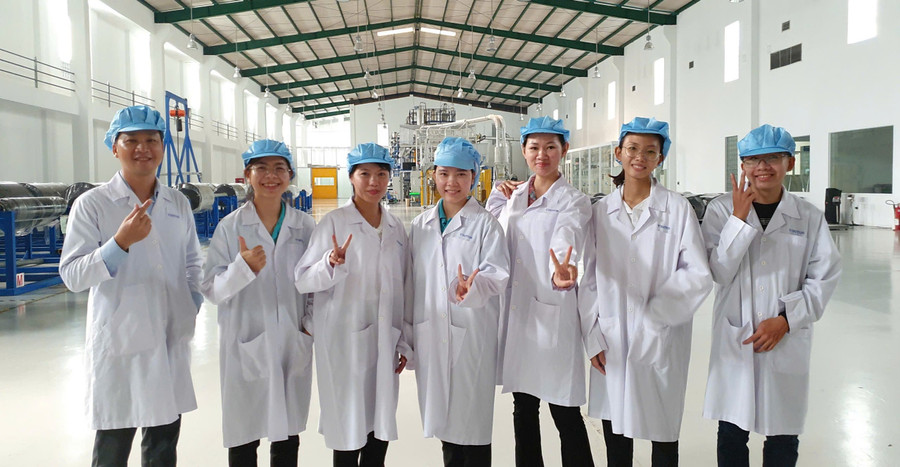
Remove bottlenecks
According to Mr. Mai Hoang Loc - Vice Principal of Nguyen Tat Thanh Secondary School, the common point of the two models of dual training and training by order is to bring businesses deeply involved in the training process, becoming the "second teacher" of students. Thanks to that, students not only have solid skills but also form an industrial style.
Businesses see this as a “natural probationary process”, helping to save recruitment costs, while schools update their training programs, increasing the rate of students finding jobs. In fact, many students are officially recruited right after the Co-op session, before receiving their degrees.
“However, for this model to develop sustainably, there are still many difficulties that need to be resolved synchronously. There is still a gap between the synchronization between the curriculum and the actual production process,” Mr. Loc commented.
One of the major barriers at present is the lack of a clear legal framework. According to Mr. Loc, “the current coordination mechanism is still mainly based on goodwill, there is no strong enough legal framework to bind the responsibilities of both parties.
According to Mr. Minh, Vietnam is lacking a specific process for three-party training contracts (school - enterprise - student), along with regulations on insurance, labor safety, and the mechanism for recognizing practice credits at enterprises. "How to convert working hours at the factory into equivalent credits? Who will evaluate, according to what criteria, these are questions that need to be regulated."
In addition, there is the mentality of “fear of investment” of enterprises. Many enterprises are afraid of wasting time, management costs and do not see clear long-term benefits. MSc. Minh calls this the mentality of considering training as “cost” instead of “strategic investment”. To solve this problem, the State needs to have specific preferential policies such as tax reduction or financial support for enterprises that actively participate.
In addition, there is still a “gap” between the school’s capacity and actual requirements. Not all facilities are qualified to implement; many schools lack a dedicated Co-op support department. Therefore, it is necessary to build a “new capacity framework”, requiring lecturers to have actual working time in enterprises and attracting more business experts to participate in teaching.
According to Master Minh, for the dual training model and training according to orders to develop sustainably, there needs to be synchronous coordination between four parties: the State, Schools, Enterprises and Learners. In which, the State plays a role in creating, quickly completing the legal framework and issuing clear and consistent incentive policies to encourage all parties to participate.
Schools need to be proactive and flexible in designing training programs, and at the same time build a professional business connection department to more closely connect theory and practice. Businesses must change their mindset, consider training as a long-term strategic investment, and work with schools to develop programs and create quality internship environments for students.
Finally, learners need to promote initiative, enhance their sense of responsibility during the learning process and actively respond to contribute to improving and perfecting the training program.
According to Master Nguyen Van Minh, in the future, these models will develop into a "Networked Work-Integrated Learning Ecosystem".
This is not only a bilateral cooperation, but also a multi-dimensional ecosystem, connecting many universities, businesses, research institutes, and startups at home and abroad, towards the model of "University 4.0" - where learning, research and practice are closely integrated in the same innovation network.
Source: https://giaoducthoidai.vn/dao-tao-kep-va-theo-don-dat-hang-loi-giai-cho-bai-toan-nguon-nhan-luc-post755536.html








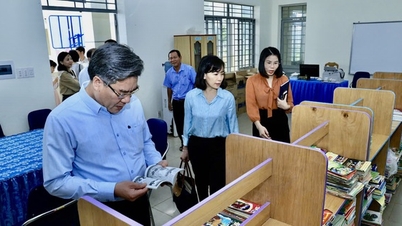




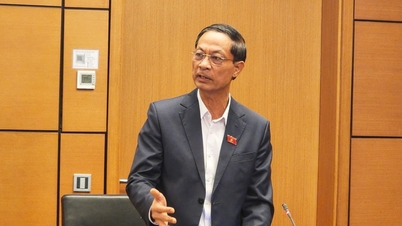

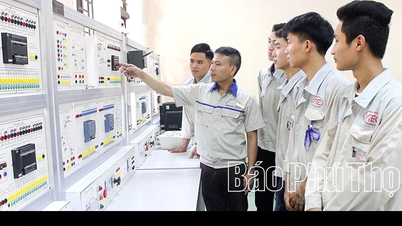

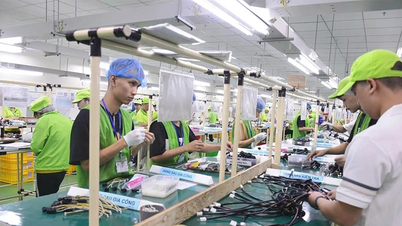
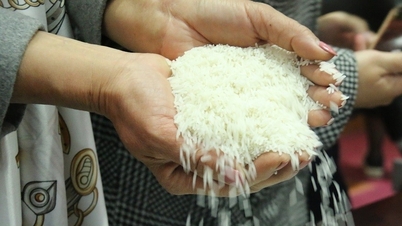



![[Video] Groundbreaking ceremony of inter-level boarding schools in the border areas of Tuyen Quang and Lao Cai](https://vphoto.vietnam.vn/thumb/402x226/vietnam/resource/IMAGE/2025/11/09/1762702287645_lao-cai-ha-giang-6159-jpg.webp)




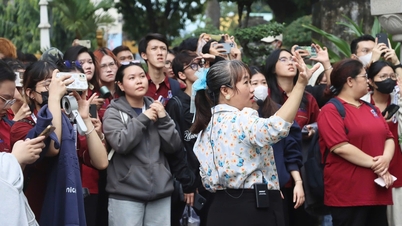










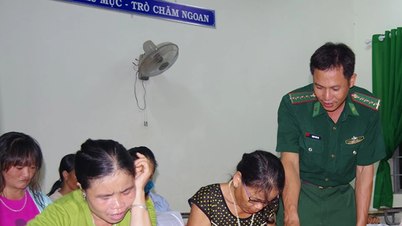








































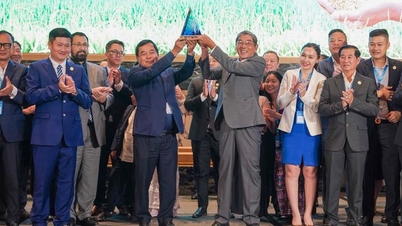


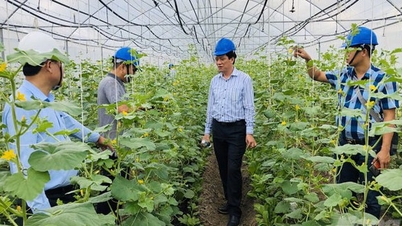
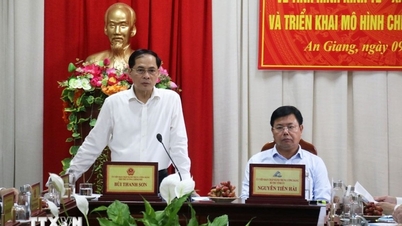



























Comment (0)